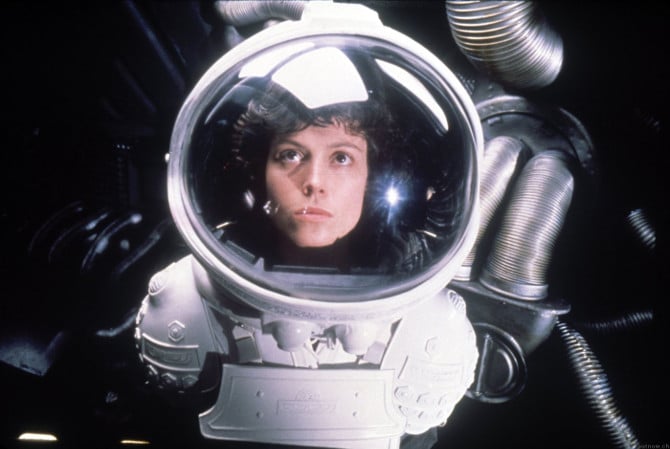This article is more than 1 year old
Mars needs women, claims NASA pseudo 'naut: They eat less
'Some might find this idea offensive' boffin admits
Women, not men, should form the crew of the first personned mission to Mars, according to boffin and pretend NASA-naut Kate Greene.

Greene, the crew writer for one of NASA’s HI-SEAS (Hawaii Space Exploration Analog and Simulation) pretendy Martian mission, said in an article for Slate that female astronauts are better equipped for the trip to the Red Planet, and would cost a lot less to send there.
During her own simulation, she blogged her experience and also ran a sleep study on participants using sensor armbands from BodyMedia, which also provided estimates of daily and weekly caloric expenditure. According to these wearables, the three female crew members expended less than half of the calories of their male counterparts, despite exercising for roughly the same amount of time.
“During one week, the most metabolically active male burned an average of 3,450 calories per day, while the least metabolically active female expended 1,475 calories per day. It was rare for a woman on crew to burn 2,000 calories in a day, and common for male crew members to exceed 3,000,” Greene said.
That of course means that the same number of female crew members would need far less food to survive than men, which would bring the weight of the launch vehicle down and thereby save money on both food and fuel. On top of that, women are generally smaller and lighter anyway, further reducing blast-off weight.
She pointed out that Harry Jones, of NASA’s Ames Research Centre, had found something similar before and had published on the topic back in the early 2000s. Jones said life support would be the major cost for a mission to Mars.
“It is expected that oxygen and water can be recycled, but not food. Reducing the crew’s calorie requirement would cut cost,” he said.
It’s not just a smaller appetite that makes women a good choice for the arduous trip to the Red Planet. According to studies undertaken in the 1950s and 60s, female bodies tend to have stronger hearts and can better withstand vibrations and radiation exposure. Psychological studies also show that women cope better with isolation and sensory deprivation than men.
Greene doesn’t hold out much hope that the economics and benefits will win out however.
“As reasonable as an all-female Mars mission is from an economic perspective, some might find the idea offensive. After all, it’d be an expedition that fails to represent half the world’s population; an all-female Mars crew would strike many as exceptionally biased,” she said.
“Then again, space-mission design has always been biased in one way or another. Exploration in general is nothing if not political, dictated by the people with the money and power to choose the face of the expedition. Right now, it’s unlikely that those with the power to do so would agree to fund a crew of small female astronauts even to save money.”
She also suggested that what the mission might gain in terms of cost could be lost in terms of diversity, often cited as necessary for a survival group because of the different viewpoints it allows.
So-yeon Yi, South Korea’s only astronaut, told Greene: “At first it’s hell, but in the long term, diversity is very good. It’s because uniform people in a team may be comfortable, but they can’t know what they don’t know.”
But Greene argued that if the bottom line was getting to Mars at all, the idea may need to be considered. ®
